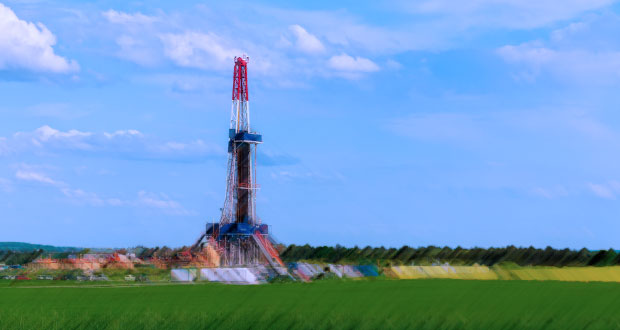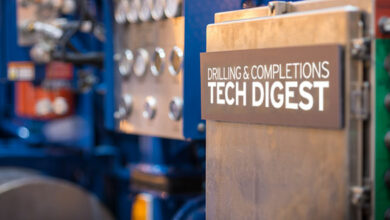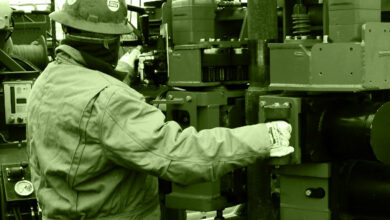People and sustainability challenges loom over industry’s fragile recovery

Q&A’s with industry leaders show optimism for more profitability and stability, but inflation, continuing COVID constraints could slow growth
By Linda Hsieh, Editor & Publisher
After the past two doom-and-gloom years, it’s heartening to see that there is a growing sense of optimism for 2022: optimism for increasing activity and higher rig counts, optimism for improved dayrates, and optimism for steady and healthy commodity prices. However, mixed in with that optimism are escalating concerns about critical issues that threaten this industry’s recovery and growth.
First, COVID-related restrictions are still plaguing many parts of the world. Cost surges resulting from supply chain backlogs are well known. In our industry specifically, longer lead times and costs for both major capital equipment and expendables are also commonplace.
Further, logistical issues persist around quarantine requirements and the movement of rig crews. Not only is that costing employers time and money, but “people are tired of having to spend seven days in a hotel before they go to work. It’s put a strain on them psychologically,” said David Mullen, CEO of Shelf Drilling. Some countries also have “rather onerous standard operating procedures on what you must do with the entire crew” if you have a COVID case, he added.
Second, challenges around personnel recruitment and retention are mounting. Many of the experienced personnel who were laid off in the last downturn are choosing not to return, and finding new talent to hire is getting harder. “We had to put systems in place for recruiting. We had to plan onboarding and training again. These are added efforts and costs for a drilling contractor,” said Andy Hendricks, President and CEO of Patterson-UTI.
This challenge is certainly inextricably linked to the wider topic of the energy transition, which has been moving at an unprecedented pace in the past couple of years. As a result, this industry’s access to both people and capital have become more limited. Moreover, pressures to demonstrate reductions in carbon emissions have never been higher, even as companies are still trying to figure out the best path forward and what role they can play in the energy markets of tomorrow.
“How oil and gas companies choose to engage with the low-carbon energy transition will determine how they are viewed by shareholders, governments and the general public,” said Iman Hill, Executive Director of IOGP. “That is why taking a leadership role is critical. The biggest enabler for our industry is through building strategies for low-carbon business models that minimize carbon use while remaining profitable, whilst clearly articulating these strategies to markets and other stakeholders.”
We’re already seeing many companies in the drilling space take active steps to evolve their businesses, and those efforts will only accelerate in the coming years. This means change is coming, and coming fast.
“We are confident in the demand for our rigs and services, but it’s going to look different,” said Chris Menefee, President of Unit Drilling. “Companies will look different, business frameworks and contracts will change, and people will come and go. Most likely there will be further consolidation in our business as it’s still a very fragmented market. As change takes place, we must embrace it, learn and move on, or get left behind.”
Visit the links above to find out more about what these industry leaders see as the most critical challenges facing the drilling business today. DC




